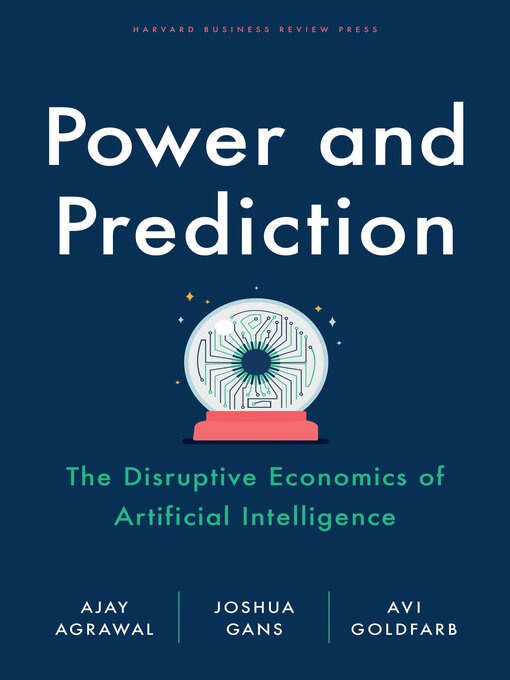
I have recently finished reading Power and Prediction. The book might get repetitive sometimes, but I have really enjoyed the perspective provided by the authors through the lens of economics. In this particular case, I think the book has made me reflect significantly on how we are approaching the use of AI in most companies, providing a complementary viewpoint to the fallacies outlined in The Many Fallacies of ‘AI Won’t Take Your Job, but Someone Using AI Will’.
Power and Prediction explores how artificial intelligence reshapes business strategy and economic systems by significantly altering prediction’s role in decision-making. Authors Ajay Agrawal, Joshua Gans, and Avi Goldfarb, economists specializing in innovation and strategic management, argue that AI’s true potential emerges when it fundamentally influences decisions, prompting systemic changes in how organizations function and compete.
Drawing from their economics background, the authors emphasize that transformative innovations typically demand system-wide redesign rather than incremental adjustments. Initially, factories replaced steam engines with electric motors without changing their operational layouts, gaining only limited benefits. The real transformation occurred when factories recognized electricity allowed each machine to have its own motor, enabling flexible layouts optimized for workflow efficiency rather than proximity to a central power source.
Similarly, many organizations today integrate AI-driven predictions without rethinking their structures or workflows. The authors highlight that AI’s full economic and strategic benefits will only materialize when organizations strategically reorganize entirely around prediction, now an abundant and inexpensive resource—mirroring factories’ eventual reconfiguration around electricity that dramatically boosted efficiency and productivity.
A crucial distinction emphasized by the authors, rooted in their economic analysis of incentives and costs, is between prediction and judgment. AI significantly reduces the cost of prediction, yet judgment—contextual awareness, ethical considerations, preferences, and navigating trade-offs—remains inherently human and scarce. For example, in healthcare, AI predicts patient readmission risks, but doctors must still exercise judgment about treatments based on patient preferences and ethical considerations. Similarly, in finance, AI forecasts market trends, but portfolio managers apply judgment to balance risks with client goals. By clearly separating prediction from judgment, organizations can strategically redistribute responsibilities and decision-making power. This reduced cost often decentralizes authority, shifting decision-making closer to those best positioned to exercise judgment, reshaping traditional organizational hierarchies.
Ultimately, separating prediction from judgment redefines organizational power dynamics. Prediction, previously costly and centralized, becomes abundant and decentralized, empowering individuals and teams to independently make informed decisions. For instance, in insurance, frontline agents now independently underwrite policies using AI-driven risk assessments, reducing dependence on central risk departments. In logistics, dispatchers equipped with AI traffic predictions dynamically optimize routes without awaiting top-down instructions.
This shift profoundly impacts strategy, leadership, and competitive advantage in the AI-driven economy. Within companies, redefining power dynamics entails addressing change management, a complex issue often overlooked when discussing AI implementation.